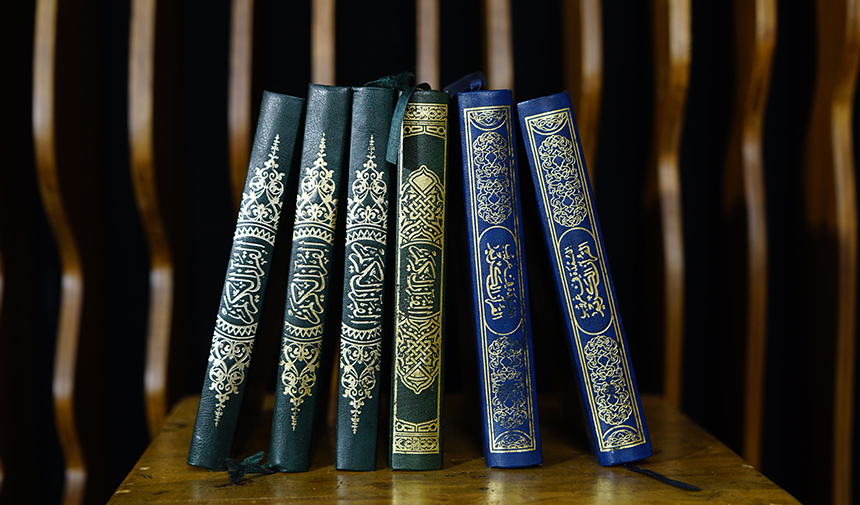Pearls of Arabic Literature: A Thousand and One Nights, Al-Hariri’s Cave and Al-Kitab al-Mu’allaqat
Arabic literature is an important part of world literature with its rich historical roots and cultural diversity. Among this vast literary heritage, classics such as “The Thousand and One Nights”, Al-Hariri’s “The Cave” and “Al-Kitab al-Mu’allaqat” stand out. These works have a huge fan base not only in the Arab world but also around the world. Each of them reflects various aspects of Arabic literature and its cultural richness.
One Thousand and One Nights
The “Thousand and One Nights” is one of the best-known works of Arabic literature. These tales are a compilation of stories of Middle Eastern and South Asian origin. The stories consist of tales told by a woman named Shahrazad to keep King Shahriyar from killing her. These stories, which last for a thousand and one nights, contain different cultural motifs and themes.
The “Thousand and One Nights” deal with themes such as magic, adventure, love and betrayal. Stories such as Aladdin’s magic lamp, Ali Baba and the forty thieves are popular not only in the Arab world but also around the world. These tales are not just for entertainment, but also carry social and moral messages. They reflect the richness and diversity of Arab culture and open up different worlds for readers.
Al-Hariri’s Cave
Al-Hariri is one of the most important figures of Arabic literature and is known for his work “The Cave”. Al-Hariri’s work is notable for its language games and literary mastery. Using a symbolic narrative, “The Cave” deals with deep themes such as human nature, knowledge and ignorance. The work is one of the most important examples of the maqamah genre in Arabic literature.
Al-Hariri’s “The Cave” is characterized by its rich language and literary subtleties. While telling the stories of different characters, the work exhibits the beauty and flexibility of the Arabic language. With these features, “The Cave” is considered not only a literary work, but also an important resource for language learners and literature enthusiasts.
Al-Kitab al-Mu’allaqat
“Al-Kitab al-Mu’allaqat” is one of the oldest and most important collections of poetry in Arabic literature. This anthology contains the works of poets who lived in the pre-Islamic period. The word “Mu’allaqat” means “hanging” and it is believed that these poems were hung on the walls of the Kaaba. These poems reflect various aspects of Arab culture and society.
The poems of “Al-Kitab al-Mu’allaqat” deal with various themes such as love, war, nature and daily life. The poets are noted for their elegant use of language and descriptive power. These poems stand out not only for their literary value but also for their historical and cultural significance. They offer deep insights into the values, beliefs and lifestyle of Arab society.
The Global Impact of Arabic Literature
These three works demonstrate the influence of Arabic literature on global culture. “The Thousand and One Nights” has been retold and adapted countless times around the world. Al-Hariri’s “The Cave” has been widely acclaimed in literary circles and has inspired linguistic studies. “Al-Kitab al-Mu’allaqat” shed light on the origins of Arabic literature and laid the foundations of modern Arabic poetry.
In conclusion, “The Thousand and One Nights”, Al-Hariri’s “The Cave” and “Al-Kitab al-Mu’allaqat” are among the most valuable pearls of Arabic literature. These works have reached a wide readership not only in the Arab world but also around the world and have become important pieces of cultural heritage. The richness and diversity of Arabic literature continues to be transmitted to future generations through these works.



